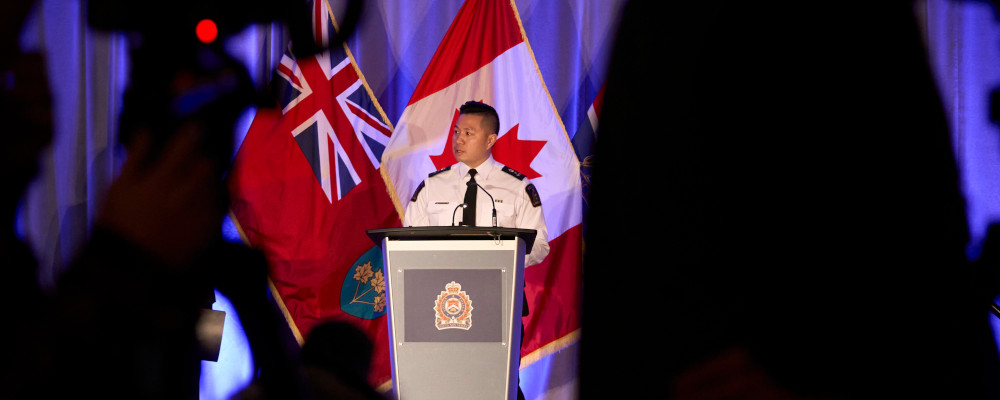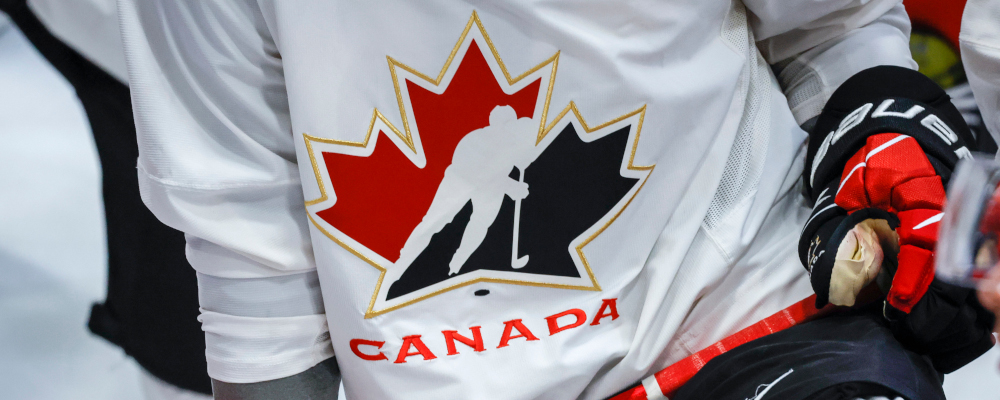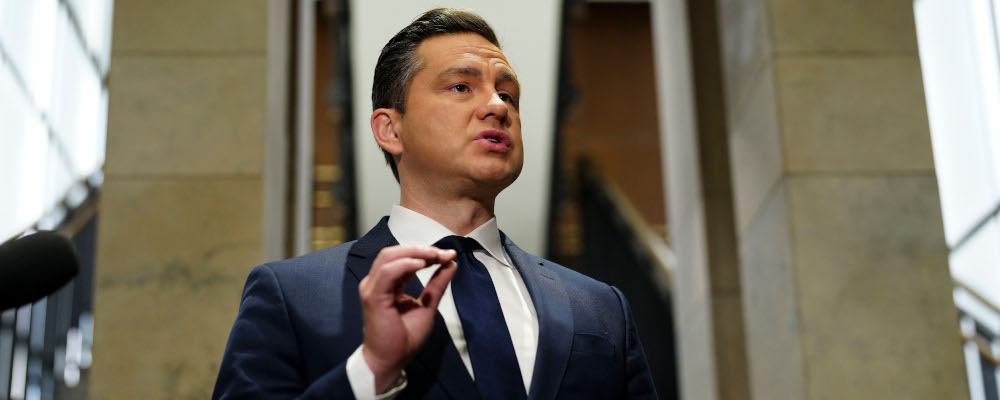Canada’s hockey culture needs attention. Urgently. And, no, sensitivity training and a few rule changes won’t fix anything.
This cultural problem deserves an intervention.
That intervention begins by paying attention to how hockey culture exists within the broader culture surrounding masculinity, sex, and community. A prime example of the problem is in the horrid details of the alleged group sexual assault of a woman by five players from Canada’s 2018 junior men’s hockey team. Where would anyone learn such behaviour? Where would any young man learn to hit, spit, verbally abuse, and gang rape?
The answer: pornography.

Uncomfortable as it is, no real change will come to Canadian hockey culture, without considering the tacit cultural acceptance of what’s considered sexual entertainment.
Louise Perry, in her book The Case Against the Sexual Revolution, quoting Mary Wollstonecraft, says: “the little respect paid to chastity in the male world is, I am persuaded, the grand source of many of the physical and moral evils that torment mankind, as well as the vices that degrade and destroy women.” Indeed, the allegations against five Canadian hockey players appear to be a case study in the accuracy of Wollstonecraft.
As Perry and other recent writers like Christine Emba have noted, sex is at once highly personal, but also profoundly shaped by cultural assumptions about what is normal that in turn shape that personal behaviour. And today, increasingly, these assumptions are shaped by pornography. Yet broader Canadian culture seems to consider the use of pornography as just another consumable good. We are, generally, unwilling to recognize that pornography shapes people’s views of sex—and its practice—in ways that particularly demean women and diminish healthy masculinity. And while some might have legitimate concerns about how the state involves itself in this matter, that shouldn’t prevent us from having a cultural discussion, as fellow citizens, about it.
Almost everyone is content to say, in the Hockey Canada case, that the sexual assault of the woman identified in court as E.M. is wrong. However, most of us seem unwilling to say that watching such behaviour in the privacy of our screens is wrong. Sadly, that would mean it’s not just hockey culture that’s afraid to speak up against something that might be deemed a bit weird. Blaming Hockey Canada’s incentive structures and lack of accountability is good, but it’s only part of the picture.
Any attempt to reform Hockey Canada’s culture needs to pay attention not only to the incentive structures that create the conditions under which this abuse occurs but also to the nature of the abuse itself. What both of these matters share is the nature of the communities and assumptions that shape what it means to be a person, and in the case of Canada’s men’s team, what it means to be a man.
Let’s start with the hockey culture. Sensitivity training is not going to fix Hockey Canada and anyone who says so, or who thinks a few rule changes are going to solve it, is lying to you.
There are some deeply rooted challenges facing hockey culture that won’t be solved by more rules.
Junior hockey removes young men from their homes, families, and communities and places them into a high-intensity, highly mobile environment that values discipline—but primarily discipline related to on-ice performance. The normal accountability structures for off-ice behaviour—parents, godparents, family friends, etc.— just aren’t there. And this is true even though the families that billet these young men often care a great deal for them and act as surrogates. What’s more, there are a host of hangers-on—agents looking to gain clients, potential sponsors, team officials looking to ensure their guys are “taken care of”—that often (not always) act in ways that encourage the bad behaviour.
High-level junior hockey means the majority of your week is spent on the ice and with your team. This makes those young men extremely reliant on the goodwill of coaches, team officials, and older players who have a disproportionate influence on their playing careers—and the potential of big money and fame—in their hands. Hockey is also a sport that requires high team alignment to succeed, and it’s the rare player who benefits from being all that different from his teammates. Just go to a hockey rink on any given Saturday and observe the haircuts. But “go with the flow” doesn’t just refer to the hair. It is the mentality of anyone who wants to keep his head down and just let his play on the ice do the talking.
The challenge is that all of this creates a culture where those who might see or sense that something is wrong don’t have great incentives to stick out their necks and speak out when the players are the ones perpetrating the abuse. It also sets the stage for potential abuse of the players themselves, as the tragic stories of Theoren Fleury and Sheldon Kennedy show. There has been a long trail of broken lives left by sexual abuse in hockey, and the young woman who is at the centre of this case is rare only in her courage and perseverance. I admire and honour her fortitude, and I hope she inspires others who suffer abuse to come forward and for the authorities to take these matters seriously.

Hockey Canada needs to pay attention not just to the money, nor even to the old-man network that still holds so much sway over players. It needs to examine the nature of the community in which hockey takes place, but also real, gender-specific models of behaviour that we provide to young men.
So while I’m all for altering our junior hockey systems to tie them much more closely to communities of accountability, I think we all need to take a moment to consider that there are things beyond Hockey Canada—things that many people are unwilling to think of as needing reform—that contribute to the abuse we see in this horrible case.
One of them is the ubiquitous access to porn and a tacit—if not outright—condoning of its presence in young men’s lives.
I know that will sound like Puritanism to many readers, but again, ask yourself: where did those young men learn to behave the way they are alleged to have behaved? Do we imagine that the widespread normality of deviant sexual behaviour that is present on sites that Canada allows to continue without concern has no effect on young men?
If we think that the culture of Hockey Canada contributed to this horrible situation—and most of us do—we should probably apply the same lens to our culture’s comfort with things that are shaping what young men think is appropriate for sex.
And, just as there’s a case to be made against the culture of Hockey Canada, we might want to consider that there’s a case to be made against some of our assumptions of normal when it comes to sex. That might be a good first step in moving away from vices that degrade and destroy women toward virtues that make not just better hockey players but better men.
Recommended for You

The Weekly Wrap: It’s time to cut through Chesterton’s Fence and implement sweeping reform in Canada

RCMP spending to protect MPs may have risen 112% since 2018, as Canadian politicians face greater rise in threats

Adam Zivo: No Dr. Bonnie Henry, drug prohibition is not ‘white supremacy’

Geoff Russ: A future Conservative government must fight the culture war, not stand idly by










